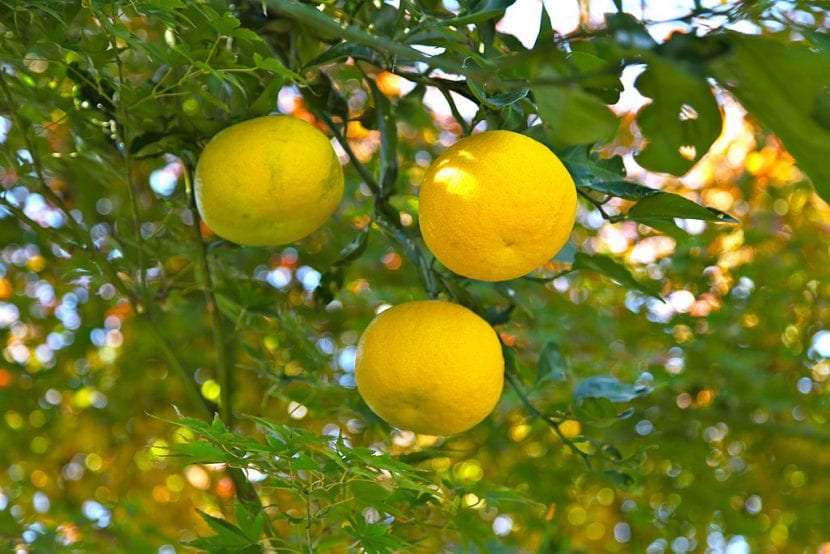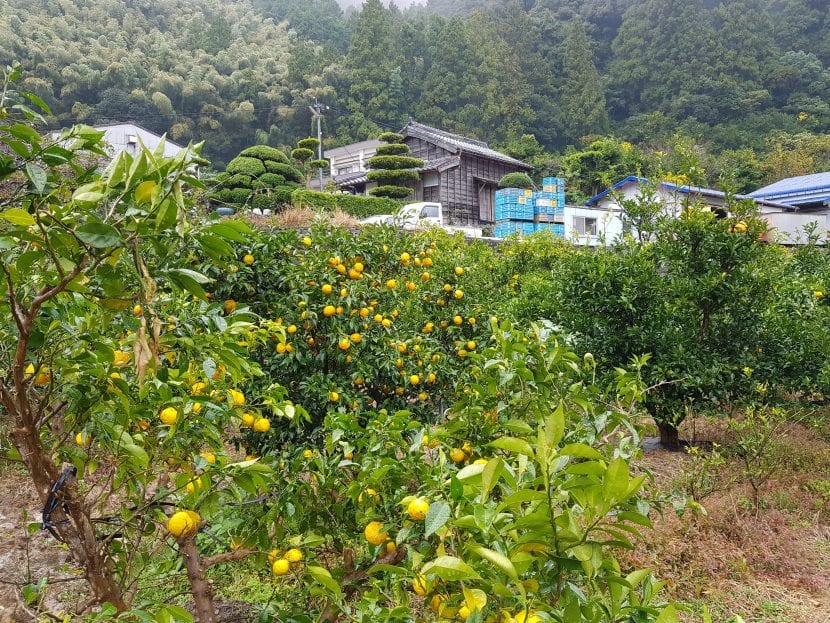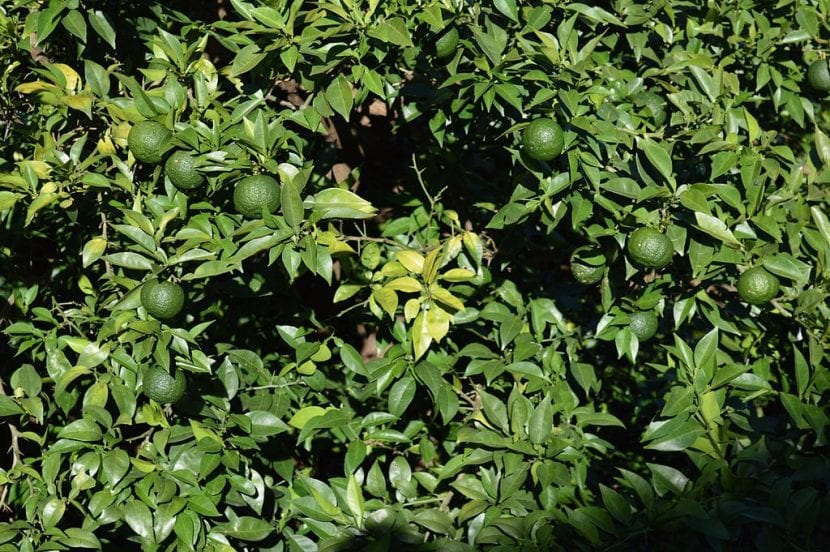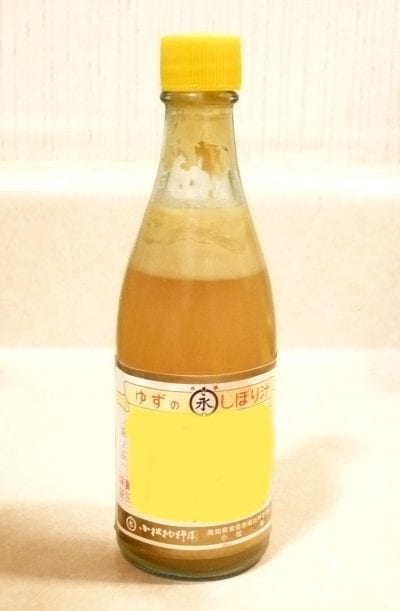
Image - Wikimedia / Nikita from the Russian Federation
It is always interesting to know other fruit trees to be able to get a garden with more different plants. For this reason, we are going to talk to you about yuzu, that although looking at the images you will be able to think -and you will not miss reasons- that it is a variety of lemon tree, in reality its flavor is different.
And because it can be consumed more easily, its culinary uses also vary. But as if that weren't enough, It is a relatively small tree, which can be grown in a pot without problems.
Origin and characteristics of yuzu

Image - Wikimedia / Asiainfocenter
Yuzu, or yucha in Korean, is a citrus fruit native to East Asia. It is a hybrid of the species Citrus icangensis and Citrus reticulata var. austere, being its scientific name citrus x junos. It is characterized by growing as a tree or shrub about 4-5 meters high, usually thorny.
The leaves are large, simple, 4 to 6 centimeters long, green, and perfumed. The flowers are small and white. The fruit has a variable size between 5,5 and 10cm in diameter, with a yellow skin when ripening.
Varieties
These are:
- Hana-yuzu: that is cultivated more for its flowers than for its fruit.
- Yuko: produces sweeter fruits.
- shishi yuzu: that produces fruits with knobby skin.
It is important to know that they are varieties that, although they are very common in their place of origin, and more specifically in Japan, outside of this country they can be quite difficult to obtain.
What are their cares?
Yuzu is a very interesting citrus to grow in temperate regions. It is beautiful and, in addition, it is able to withstand frost better than many others. Find out how to take care of it below:
Location
It is a plant that has to be placed outside, in semi-shade or in full sun. It does not have invasive roots, but it needs a minimum of space to grow, that is why we advise you to plant it or place it at a distance of at least 2 meters from walls, walls, etc.
Earth

Image - Wikimedia / At by At
- Flower pot: universal substrate mix for plants (on sale here) mixed with arlite or similar.
- Garden: prefers the soil to be acidic, with a pH between 4 to 6, light and with good drainage, since it does not resist flooding. But it adapts well to soils with neutral or slightly alkaline pH.
Irrigation
The frequency of irrigation must be moderate. Yuzu is a fruit tree that can withstand short periods of drought, but it is much better to provide it with the water it needs in order to keep it healthy and beautiful.
But how often to water? Well, the answer is going to depend a lot on the weather: the warmer and drier, the more often you have to do it. If it is kept in a pot, it will also be necessary to be very careful, since the earth dries more quickly.
With this in mind, you will generally need an average of 3-4 weekly irrigations during the summer, and an average of 1-2 a week the rest of the year. In the rainy season, the soil must be allowed to dry before watering again.
Subscriber
If you want him to have a good growth rate and enviable health, fertilize your yuzu with organic fertilizers such as guano or compost throughout the season, that is to say, from the beginning of spring (or mid, if late frosts are registered in your area) until the end of summer / beginning of autumn.
To prevent iron chlorosis, which is a disorder caused by a lack of iron that is very common in acidophilic plants grown in alkaline soil and / or watered with water also with a lot of lime, we advise fertilizing from time to time (once a month or every two months) with a fertilizer for this type of plants (for sale here) following the instructions specified on the package.
Multiplication
Yuzu is multiplied by cuttings in late summer by following these steps:
- First, a semi-woody branch about 25cm long is cut.
- Then all the leaves are removed except a couple.
- The base is then infused with rooting hormones (on sale No products found.).
- Afterwards, it is planted (NOT nailed) in a pot with a substrate that drains well, such as vermiculite or even akadama.
- Finally, it is watered and placed outside, in semi-shade.
To avoid drying out, everything should be covered with a transparent plastic bag and removed every 3 days for a while so that the air is renewed.
Plagues and diseases
It is very resistant, but in humid environments it can be affected by fungi.

Rusticity
Resists up to -9ºC.
What is yuzu for?

Image - Wikimedia / Badagnani
It has several uses:
- Ornamental: as we have seen, it is a very beautiful plant, easy to care for. It is grown both in pots and in gardens, and even on balconies and terraces.
- Culinary: its flavor is similar to that of grapefruit, so it is consumed as fresh fruit but also, and above all, to make vinegar, jams, alcoholic beverages, or sauces.
What did you think of this fruit tree?
Where can you get plants or seedlings to buy?
Hello Franco.
I'm sorry, I do not know. We recommend that you consult a nursery in your area, or online.
Greetings.